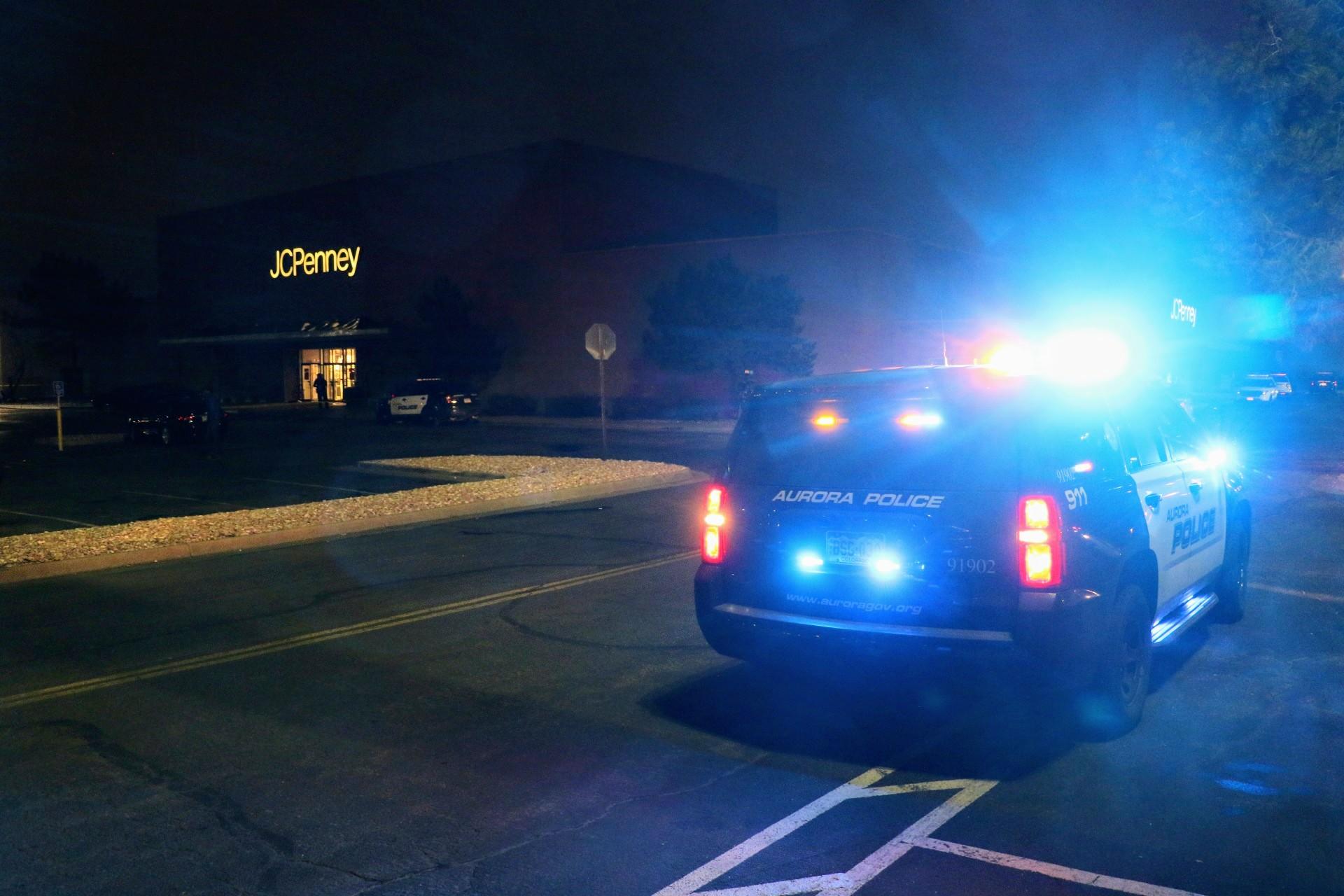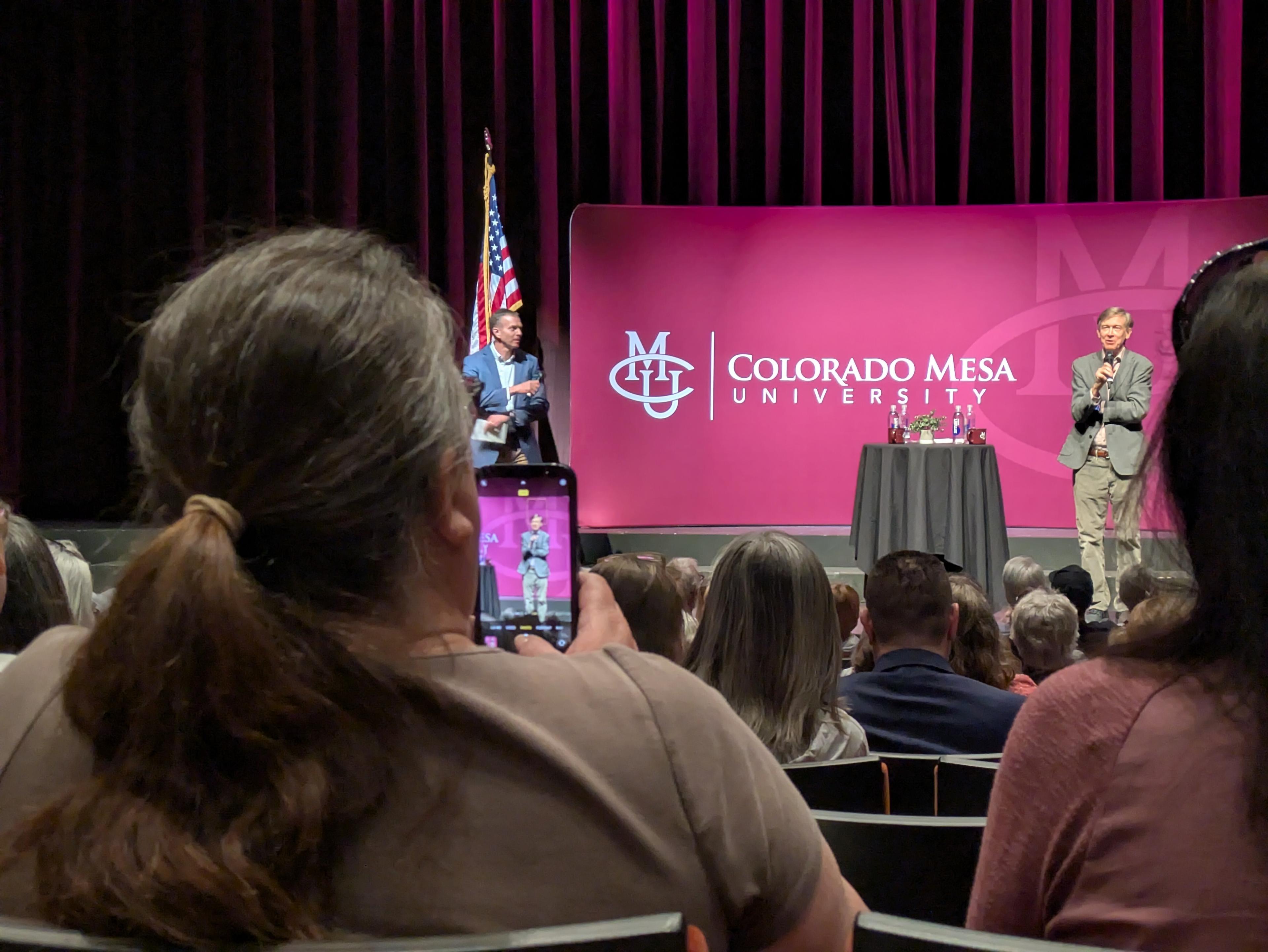
Aurora Police disproportionately use force on Black men and a small number of officers are involved in a large percentage of use of force incidents, an independent group reported to City Council on Monday.
Although 328 officers used some level of force on the job in 2020, 27 of them -- about 3.5 percent of officers overall -- were responsible for nearly 24 percent of all use-of-force incidents.
“That’s obviously problematic,” said City Councilwoman Allison Hiltz. “How can we do a better job of identifying those officers and what have we done with these officers? It’s a safety concern for the city … That’s a pretty scary number for the general public.”
Black men were subjected to 29 percent of force incidents, even though they make up just 9 percent of Aurora’s population. White men were subjected to 23 percent of force incidents, and are 31 percent of the population.
Although 328 officers used some level of force on the job in 2020, 27 of them -- about 3.5 percent of officers overall -- were responsible for nearly 24 percent of all use-of-force incidents.
“That’s obviously problematic,” said City Councilwoman Allison Hiltz. “How can we do a better job of identifying those officers and what have we done with these officers? It’s a safety concern for the city … That’s a pretty scary number for the general public.”
Black men were subjected to 29 percent of force incidents, even though they make up just 9 percent of Aurora’s population. White men were subjected to 23 percent of force incidents, and are 31 percent of the population.
The eastern suburb is experiencing a sharp increase in violent crime; crimes like homicide, assault and aggravated assaults increased 83 percent from 2011 to 2019 and rose a further 22 percent from 2019 to 2020. In addition to that reality, the police department is also weathering high turnovers -- roughly 80 officers have left in the last year, according to the report.
The city hired Chicago-based 21CP Solutions to look into policies, procedures and policing behavior within the Aurora Police Department.
The group’s conclusions come during ongoing probes into Aurora’s policing, including a statewide grand jury looking into the officers involved in the deadly arrest of Elijah McClain and a “patterns and practices” investigation being conducted by state Attorney General Phil Weiser.
The contractors conducted more than 200 conversations across Aurora and received hundreds of pages of data from Aurora Police on calls for service, use of force and hiring practices.
In a several-hundred page report, 21CP presented more than 60 recommendations to the Aurora City Council that include improving hiring practices and prioritizing diversity, clarifying use of force rules, increasing training to prevent bias in policing, requiring better data collection and analysis and making better use of officers trained to deal with people in mental health crises.
The council will eventually vote on whether to take action on the recommendations.
Chuck Ramsey, a former Philadelphia police commissioner who helped author the report for the organization, told Aurora city councilors on Monday that the police need stronger rules around use of force, including and when and how officers turn to it during interactions. Ramsey also said the agency needs to have stricter rules on when officers stop people and keep better records of those stops — who is being pulled over and why — so patterns among individual officers can be assessed.
“What you need is something with a lot more focus. It needs to be streamlined. There needs to be more focus on de-escalation,” Ramsey said. “Policy is one thing but policy drives your training.”
Researchers also found that while Aurora does have a fairly robust crisis response team -- a group of officers trained to deal with people in mental crisis -- that it’s not used very effectively on a daily basis.
They found that many of the crisis calls occurred during business hours -- which led them to believe that the calls coming in late at night are not being handled by the right people.
Aurora Police are, more often than not, dealing with community problems: needs and concerns that don’t relate directly to preventing or investigating violent crime, the report said. More than a quarter of calls that arrived between 2016 and 2020 involved traffic accidents.
Ramsey said the increase in violent crime, which is a national trend, requires agencies to be more strategic in how they deploy resources and people, and to balance the energy they give to low-level crimes versus dangerous ones.
This is an especially important discussion amid a staffing shortage, he said.
“Even if you were able to hire a new class tomorrow, it takes time before they’re ready to get on the street. You have to make adjustments in the meantime,” Ramsey said. “Look at how you’re currently deploying the people and whether or not you can afford to do some of the things you’d like to do, but it’s not really a core function.”
Researchers also pointed out that Aurora Police Department needs to work on genuine connections to the community, noting that the agency has formed several “community partnerships” but that they were little more than cosmetic in some cases.
Most city leaders and community members interviewed for the report said they wish they had stronger ties to police.
“Even if the city is structurally engaging with people, many Aurora residents do not feel like those structures reflect their views or allow for their participation,” Jessica Drake, a researcher, told the city council.
APD Chief Vanessa Wilson was present during the discussion, but didn’t give any official reaction to city council except when pressed about the smaller core of officers who deployed force tactics more than others.
She said she was eager to dig more into the researchers’ numbers, but she said it’s not simple; an officer could have higher force numbers if he or she is on the SWAT team or taking more dangerous assignments.
“I’d love to talk in greater detail in the future about this,” Wilson said.









